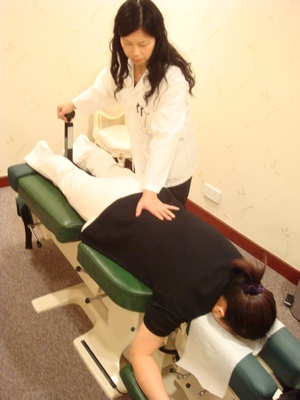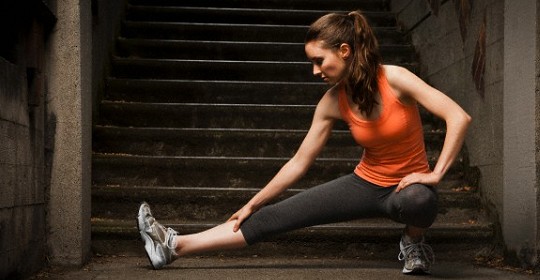
Tightening and tingling of legs and knees, is it sciatica?
Case Sharing
In mid-July, 40-year-old Miss Chen began to notice that her left leg and her left knee were often strained and painful. At first she thought it was a sprained muscle while running, but after physical therapy, muscle relaxation medicine, massage and stretching exercises, there was no significant improvement. After three weeks, the lower back began to feel sore and ache. Not only the legs and the back of the knees became tighter and the tingling sensation increased, even the inner calf and the insole of the left foot began to become numb. Three weeks after COX® decompression treatment, the patient’s feet numbness, the tingling and tightness of the thighs and knees were greatly reduced.
Case Analysis
Ms. Chen works in the medical field which requires her to bend her lower back and turn around every day. If the workload of the day increases, her symptoms are especially prevalent. After conducting many tests, it was found that her lower back was hypomobile, especially when bending forward, the movements lower back to the left were stiff, the left lower back muscles were tightened, and when the left foot was lifted, the left thigh was stretched and felt numb. After checking the nerve reflex and muscle strength tests, it was diagnosed that the L5/S1 intervertebral disc was impinging against the S1 nerve root, causing the symptoms of “sciatica".
Why would the herniated disc protrude?
Almost every patient diagnosed with a herniated intervertebral disc will ask questions such as “Why is my intervertebral disc herniated?" and “What is the difference between COX® decompression therapy and traction?
The structure of the intervertebral disc is very special. The inner layer is a gel-like nucleus pulposus, and the outer layer is a layer of fibrous annulus covering the nucleus pulposus. It is a multi-directional absorb body pressure and anti-shock effect. But because we have to sit for a long time in our daily work, bend over and twist our body, the internal pressure of cartilage increases over time, and the pressure causes the fibrous ring to tear.
The gel material in the middle of the disc leaks out, causing the disc to swell and protrude and press against nearby nerve root, causing symptoms of lower back and foot pain. Because the protruding disc can press on the different part of the nerve root, the foot pain caused is also different. In some patients, the symptoms can extend from the hips to the lower legs and soles of the feet. In some patients, the symptoms may only be tightness and numbness at the legs.
Difference between COX® decompression therapy and traction therapy
The difference between COX® decompression therapy and traction therapy
During COX® decompression therapy, doctor will press on the patient’s protrude disc. After decompression, the protruded disc can return into the center of the cartilage, and the annular fibrous can be repaired quickly.
In the decompression process, the inflammatory substances produced by disc will be taken away, causing the blood circulation to increase in the affected area, to accelerate the healing of the affected area. After the disc is repaired, the decompression treatment will enter the second stage. During the treatment, the decompression will be performed in multiple directions, so that the disc of the lower back can rebuild the ability in all direction. Accompany with correct posture and exercise, the patient’s symptoms of sciatica will generally improve significantly from 4 to 12 weeks after Cox® decompression treatment.

COX® decompression thereapy treatment
Traction is also a type of decompression therapy. However, the design has only a single direction, and the elongation force will be concentrated on the entire row of lumbar spine. Compared with COX® decompression therapy, hand pressing on only protruding disc, pressure can effectively apply without affecting other normal vertebrae. On the hand, traction treatment needs to increase the elongation force to deal with the protruding vertebrae, this will affecting other normal vertebrae to be over-pressured, and at the same time disturb the somatosensory nerve endings (propioceptor) in the lumbar muscles, which leads to the muscles over stretched too much. This is the reason why some patients cannot walk after traction or have worsen low back pain. However traction therapy can help some patients with mild protruded disc conditions.

 Book an Appointment
Book an Appointment



